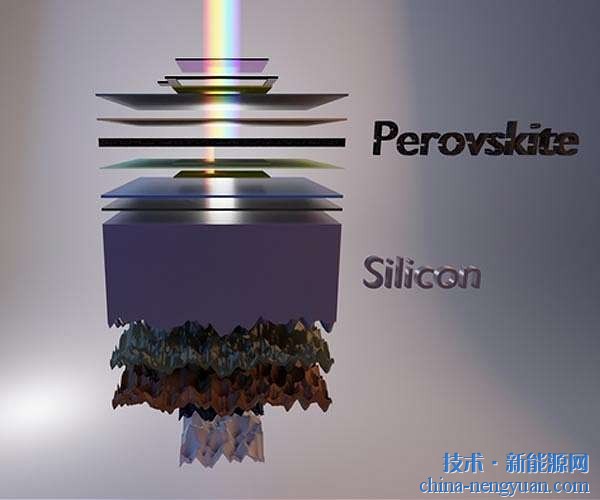 |
“Using science to make rapid progress to get energy†was written in the most visible position on Mike Huffman’s personal website. If you understand Hoffman’s research field and his outstanding contributions, you will find that This sentence is the best footnote for his research career.
Mike Hoffman is an academician of the American Academy of Engineering and a professor of the Department of Engineering and Applied Science at the California Institute of Technology. For the past 40 years, his research covers atmospheric chemistry, photochemistry, environmental catalysis, advanced oxidation pulsed plasma chemistry, and pollution control. All aspects of environmental science and environmental chemistry. In recent years, Hoffman has been invited by some Chinese universities to come to China for lectures and attend academic conferences. He even had a Chinese name—He Mingkai. Not long ago, Hoffman once again came to China to attend the launch ceremony of the “Washery Innovation Contest—China Regionâ€.
Change dung into treasure
The main interest of Hoffman’s early career was to study the advantages of hydrogen peroxide and related peroxides for use in pollution control, which is now widely used to control wastewater discharge systems, wastewater pumping tanks, and wastewater treatment plants. H2S production and emissions. In recent years, Hoffmann's research team has begun to actively study some issues related to solar fuel manufacturing, including the new solar toilet that won the first prize of the "Global Toilet Innovation Competition for the First Time".
Hoffman designed a solar toilet containing a solar-powered biochemical reactor that decomposes the collected water and human waste into fertilizer and hydrogen. The disinfected water (the main source is actually urine) Can be used for irrigation or flushing toilets.
Although dealing with excreta is not a small project, he was confident in answering an interview with NPR: “For an average family, a solar toilet can be enough to take on the role of energy conversion. Suppose a If the number of households is five, then one kilogram of excrement and five liters of water will be generated in a day. Our toilets can be processed in three to four hours.†In Beijing, when interviewed by Xinhua News Agency, Huffman Say: "Imagine that one person can excrete 1.5 liters of urine and 300 grams of feces every day. If this number is multiplied by the Beijing population, there will be a lot of things to handle every day."
"Next generation toilets"
In 1775, the world's first flush toilet was born. The invention sparked a revolution in public health. But now more than 200 years have passed. Compared with medical and communication fields, toilets do not have any revolutionary innovation. On the other hand, flush toilets need to consume huge amounts of water, and the construction of drainage and sewage treatment systems in cities also requires large sums of money. For many developing countries, the high cost often makes them prohibitive and can only reduce the sanitary standards of toilets. There are still 2.5 billion people around the world lacking toilets that meet basic safety and hygiene needs, of which about 1 billion people can only open and urinate in the open air.
In 2012, the Gates Foundation launched the "Global Toilet Innovation Competition" in an attempt to set off a new "toilet revolution." The Gates Foundation's requirements for the "next generation toilet" are very strict: health, energy saving, cheap and comfortable. This requirement did not bother Hoffman and his research team. The solar powered toilet they designed was the ultimate winner and received a reward of 100,000 US dollars.
Hoffman's solar toilet fully meets all the conditions of the "next generation toilet". Solar toilet solar panels power the internal electrochemical system of the toilet. This will produce two substances: one is hydrogen, and the other is chlorine produced from salt in the urine. Chlorine can produce a mild disinfectant to flush the toilet, and hydrogen can be used to cook or recharge the fuel cell to produce electricity. The solid residue produced throughout the process can be used as fertilizer.
Undoubtedly, Huffman's solar toilet can meet all the conditions defined by the Gates Foundation for the definition of “next generation toiletsâ€: Hygiene: It can remove pathogens from human excrement and convert it into usable energy. Energy-saving: It does not require external water, power and drainage systems; Cheap: The overall cost of using it per person per day is less than 5 cents; Comfort: Solar toilet looks beautiful, no smell.
As Huffman's personal website wrote: Use science to make rapid progress to get energy. He has been dedicated to the recycling of energy. Previously, when he was co-founder of the Sonoma Research Institute, he designed a urine drainage system for a NASA space shuttle. He also designed a sewage treatment system for the Navy and participated in the manufacture of hydrogen fuel for BMW. s project.
When Hoffman invented a sustainable, energy-efficient solar toilet, his mobile phone rang more often than usual. "It (the solar toilet) has caused widespread interest," Huffman said in a video introducing the project. "Anyway, we hope that the system we have designed will help developing countries reduce the spread of diseases caused by unsanitary conditions. â€
After designing the winning model, Huffman and his team's next task is to produce a finished product that can operate normally, while minimizing costs.
WN Flanges Connect Pipe,Carbon Steel Flanged Fittings,Stainless Steel Flanged Concentric Reducer,Pipe Flange Connection
Cangzhou Youlong Pipe Fitting Manufacturing Co., LTD , https://www.youlongpipe.com